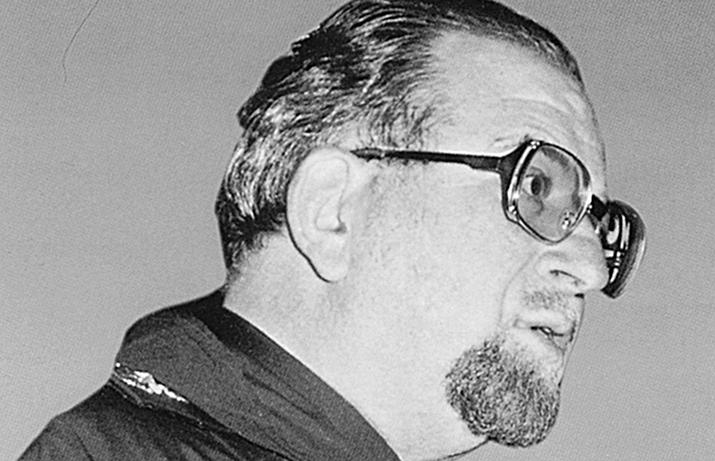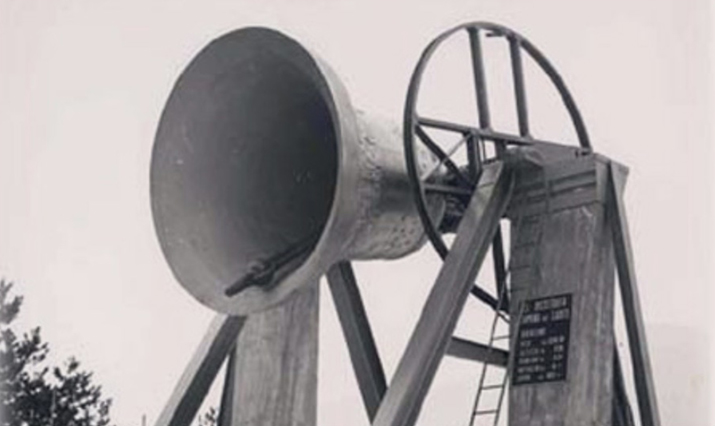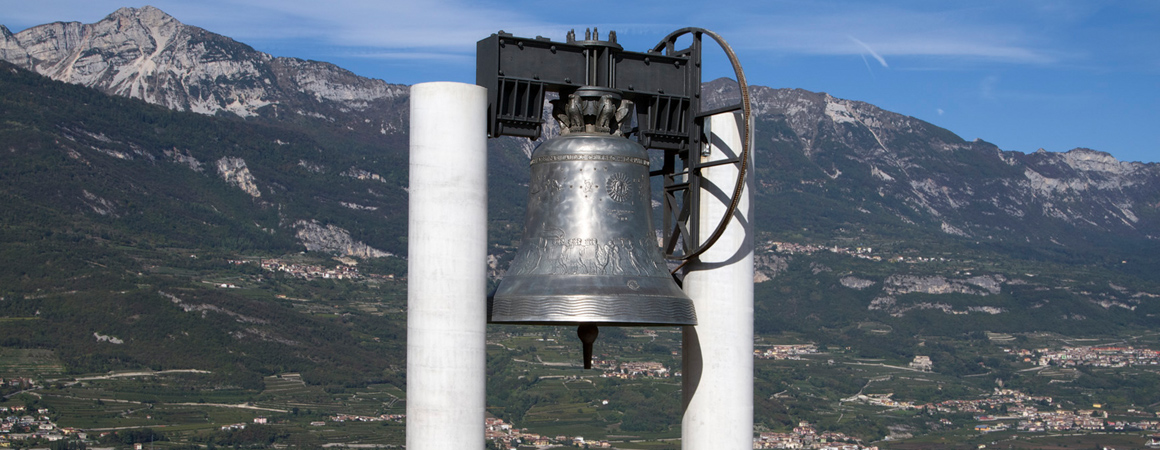FOR WHOM THE BELL TOLLS - P17
'History is the witness of the times, the light of truth, the life of memory, the teacher of life' wrote Cicero. If the classics are of any use, it is because they help us understand the present, and also history, even an event many centuries later, such as the one that saw the Campana dei Caduti at the centre of a controversy. After all, even today many monuments enter the public debate, testing the cohesion of a community, and sometimes its contradictions. Think, for example, about the statues of Columbus torn down in America, but that is another story.
The controversy surrounding Maria Dolens began with the statements of the new Director, Father Iori, who proposed the transfer of the Bell from the Castle to a "more suitable" location. The reason was technical: the Malipiero bastion, dating back to the medieval period, could not support the weight and vibrations of the new Bell, which would have been larger than the previous one. In addition, the expected increase in the number of visitors called for reflection on the available space. The figures were clear: every year over 120,000 people went to admire what remained a symbol, but had also become a monument. The influx exceeded the reception capacity of the Castle, so there was no other choice.
Objections were raised immediately, mainly by the management of the War History Museum, located inside the building and the main beneficiary of the income from visits to the Bell, by virtue of an agreement signed in 1928 and reconfirmed several times. But it was not just a question of economics, there was also respect for the wishes of the creator of Maria Dolens, who had imagined the Bell located next to the symbols of the city and Europe. Thucydides had shown remarkable foresight when he wrote that 'history is a constant struggle between preservation and change', and here again the choice between memory and practical necessity was at the heart of the problem.
In an attempt to find a solution, the mayor of Rovereto, Maurizio Monti, summoned representatives of the two institutions on 15 March 1961 in order to mediate and reach an agreement. After lengthy negotiations, it was agreed that the two bodies should not interfere with each other. The attempt was meritorious, but the tensions created did not subside. The president of the Museum, Livio Fiorio, even speculated about recourse to the judiciary, causing an internal crisis that led to his resignation in 1963. The mayor thus initiated a new mediation, which led to the signing of a document stating once again that the Bell was a symbol of Peace and collective memory.
Meanwhile, Father Iori continued with his project. On 20 March 1961, the Executive Committee of the Regency signed the contract with the foundry of engineer Paolo Capanni of Castelnovo ne' Monti for the re-casting of the Bell.
Meanwhile, the National Congress of Lions Clubs, meeting in Alghero, pledged to fully finance the operation. 'He who possesses money, possesses power', wrote Machiavelli, although today one could say that it all depends on how you use it. In any case, the economic support provided made it possible to overcome the impasse.
But before the recasting could begin, the issue of the divestment of the 'old' Bell had to be addressed. The transfer took place at dawn on 20 May 1961 and was not without difficulties. The removal work, which had begun the previous day, lasted so long that the crowd that had come to say goodbye to Maria Dolens dispersed before the event. The next day, a local newspaper printed a bitter headline saying that the Bell had left Rovereto as a 'forgotten guest'. But it wasn't over yet: the journey to the foundry was long and slowly turned into a sort of pilgrimage, with stops in various Italian cities. Enthusiasm, honours.
Sooner or later the journey had to end. It was time to look to the future. The Emilian foundry set to work. However, the question of the new arrangement of the Bell remained open, also because in previous years, the Trento Superintendency of Fine Arts had rejected proposals to change the area around the Castle. So the old arrangement could in no way have accommodated the new Bell.
Father Iori had already identified the place to which Maria Dolens would be transferred, located southeast of the city. On the map it said Valscodella, which as a name would not fit. With a swift stroke of the pen, the Director erased the label and confidently wrote "Miravalle." No one objected. In fact, even today, just climbing up to the Foundation's headquarters gives you a stunning view of the entire Rovereto plain and much of the Val Lagarina.
It was then a question of creating the structure to accommodate the Bell. A competition was announced on 4 January 1962. It was won by architect Mario Kiniger, who envisaged a stylised 67-metre high tower inside which the symbol of Peace would stand 15 metres above the ground. This could not be done for technical reasons. The project was rejected by the municipal building commission. A new competition was launched in March 1964. The Rovereto-born architect Luciano Baldessari thought big and imagined the Bell suspended above an artificial lake to reflect the sound waves and channel them towards a semi-circular sail capable of sending them throughout the city. This could not be done either, it would have disturbed the architectural lines of the War Memorial located not far from the site of the new monument. It began to seem that the architects involved were assigning more importance to the structures that were to house the Bell than to the Bell itself. The frame, in short, appeared to have become more important and attractive than the painting. And after all, the controversy over the transfer had not yet subsided.

Father Eusebio Iori







